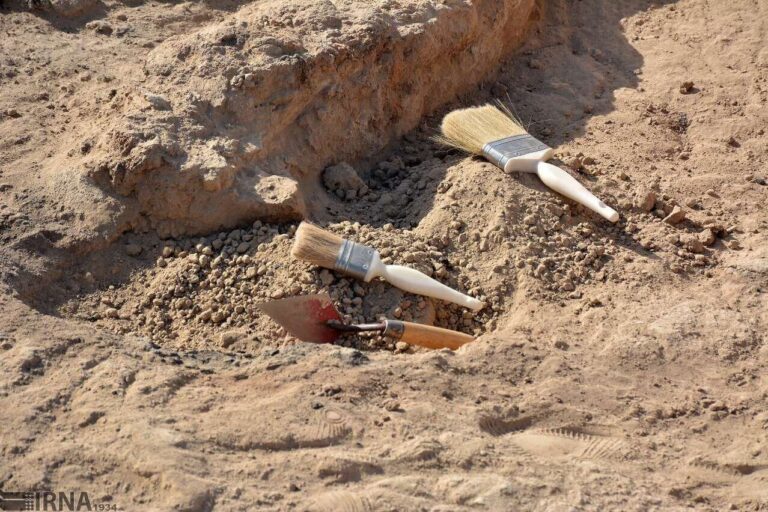Exploring the Timeless Beauty: Persian, European, and Chinese Garden Designs Unveiled in Tehran
On Monday, a captivating gathering titled “From Spring to Persian Garden” took place at the Niavaran Historical-Cultural Complex, featuring esteemed cultural heritage expert Seyyed Mohammad Beheshti. This event emphasized the importance of the Persian garden, a unique and enchanting aspect of Iranian culture that offers immense pleasure to its visitors.
During the gathering, Beheshti highlighted the significance of the Persian garden, noting that it is the oldest garden type globally, yet it remains under-discussed. He elaborated on the geometric design of these gardens, which are typically shaped in a cross formation. This design includes:
- A central pavilion located at the intersection of the axes.
- Flowing water that enhances the garden’s ambiance.
- Lush greenery and trees strategically placed for aesthetic appeal.
One of the striking features of Persian gardens is their distinct perspective on plants and nature. Beheshti pointed out the contrasts between Persian gardens and those found in other cultures:
- In European gardens, there’s a linear arrangement of trees, creating a green geometrical labyrinth. This design reflects a sense of human dominance over nature.
- Conversely, East Asian gardens, particularly Chinese gardens, adopt plants in a minimized form, often resembling bonsai. This reflects a different relationship with nature, emphasizing harmony rather than control.
Beheshti shared that the concept of using pots for plants was imported from China, stating, “Before the Zand Dynasty, we didn’t have the pot concept for transferring a living creature.” This historical insight enriches our understanding of how plant cultivation practices have evolved over time.
Among the many breathtaking Persian gardens in Iran, the Eram Garden in Shiraz stands out as a symbol of beauty and tranquility. Recognized as a UNESCO World Heritage Site, Eram Garden is often described as a celestial realm, as depicted in the holy Quran, designed for the fortunate souls. The garden’s stunning features include:
- Majestic cypress trees that reach toward the sky.
- Sweet-scented blossoms that fill the air with delightful fragrances.
- Aromatic sour orange trees that add to the sensory experience.
The lush surroundings of Eram Garden create a serene haven for visitors. The soothing sounds of chirping birds enhance the peaceful atmosphere, making leisurely strolls a true pleasure. In spring, the garden transforms into a vibrant tapestry of colors, showcasing an array of blossoms that capture the hearts of all who visit. Eram Garden is indeed a must-visit destination for anyone exploring the wonders of Iran.
With roots tracing back to the Seljuk dynasty nearly four centuries ago, Eram Garden is a classic representation of Persian garden design. It also features an ancient building from the Qajar period, which adds to its historical significance. Over the years, the garden has undergone various transformations:
- A member of the Qashqai tribe acquired the land and constructed the initial mansion, introducing a variety of flowers and trees.
- Nasir-ol-Molk, a prominent figure during the Qajar era, later purchased the garden, and it was completed by his son after his passing.
The Eram Garden and its stunning structure are preserved by Iran’s tourism ministry, showcasing its importance as a significant historical landscape within the botanical garden of Shiraz. This dedication to preservation ensures that future generations can appreciate the beauty and cultural heritage encapsulated within the Persian garden.
In conclusion, the gathering “From Spring to Persian Garden” not only celebrated the rich history and aesthetic appeal of Persian gardens but also highlighted their enduring significance in Iranian culture. As emphasized by Beheshti, these gardens serve as a source of joy and inspiration, inviting visitors to immerse themselves in the beauty of nature and the intricacies of design that define the Persian garden experience.






